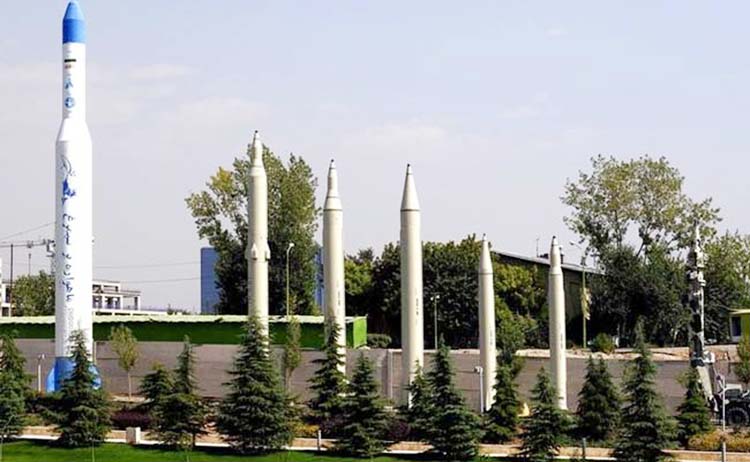
Reuters, Washington :
Iran tested a new medium-range ballistic missile last month in a breach of two U.N. Security Council resolutions, two U.S. officials said on Monday.
The officials, both speaking on condition of anonymity, said the test was held on Nov. 21. One of them said the missile traveled within Iranian territory.
A Western diplomatic source said last week on condition of anonymity that the test was held near Chabahar, a port city near Iran’s border with Pakistan. He said it was a liquid-fueled missile with a 1,900 km (1,180 mile) range and was capable of carrying a nuclear warhead.
All ballistic missile tests by Iran are banned under a 2010 Security Council resolution that remains valid until a nuclear deal between Iran and six world powers is implemented.
Under that deal, reached on July 14, most sanctions on Iran will be lifted in exchange for curbs on its nuclear program. According to a July 20 resolution endorsing that deal, Iran is still “called upon” to refrain from work on ballistic missiles designed to deliver nuclear weapons for up to eight years.
In October, the United States, Britain, France and Germany called for the Security Council’s Iran sanctions committee to take action over a missile test by Tehran that month that they said violated U.N. sanctions. So far, no action has been taken by the committee.
Several Security Council diplomats said on Monday they had received no official notification of a new alleged violation of the U.N. missile sanctions against Iran since the October notification. The diplomats spoke on condition of anonymity.
Meanwhile, Russia’s envoy to the U.N. nuclear watchdog said on Monday he expected a historic nuclear deal between Iran and world powers to be implemented in January, leading to sanctions against Tehran being lifted.
At talks in Vienna, senior officials from those major powers discussed with Iran a text they have prepared that would close the International Atomic Energy Agency’s 12-year investigation of Tehran’s past activities while ensuring the IAEA could still check for signs of suspicious behavior.
Under the deal, Iran must scale back its nuclear program, including its stockpile of low-enriched uranium – which it plans to do via a swap for non-enriched forms of uranium with Russia, to remove concerns it could be put to developing nuclear bombs. That swap will be done before the end of the year, the Russian envoy to the IAEA, Vladimir Voronkov, told reporters.
Iran has said it will fulfill all its commitments under the July agreement only if the IAEA’s Board of Governors passes a resolution formally closing its investigation into Iran’s nuclear past when the board meets on Dec. 15.
The draft resolution of the IAEA Board of Governors drawn up by the major powers — France, Britain, Germany, the United States, Russia and China — and sent to other states on Monday contained provisions that both sides could claim as victories.
“(The board) also notes that all the activities in the road-map for the clarification of past and present outstanding issues regarding Iran’s nuclear program were implemented in accordance with the agreed schedule and further notes that this closes the Board’s consideration of this item,” the text said.
The draft resolution, obtained by Reuters, also said the board would eventually no longer be seized of “Implementation of the NPT Safeguards Agreement and relevant provisions of Security Council resolutions in the Islamic Republic of Iran”, referring to the nuclear Non-Proliferation Treaty.
That phrase, and a shorter version before the relevant U.N. Security Council resolutions were passed, has been the title of the IAEA’s regular reports on its investigation of Iran’s nuclear activities since 2003.
The draft resolution did, however, also provide for the board to tackle a new item covering “implementation and verification and monitoring” of the July deal in Iran, and for the IAEA to provide quarterly reports on Iran’s implementation of its commitments under the accord.
More generally, it requests the head of the agency to “report, in this regard … to the Board of Governors for appropriate action, and in parallel to the United Nations Security Council, at any time if the Director General has reasonable grounds to believe there is an issue of concern.”
Earlier on Monday, Iran’s top nuclear negotiator, Abbas Araqchi, who met with senior officials from major powers in Vienna, told Reuters after the meetings he was satisfied with the draft resolution and expected it to be adopted next week.
For sanctions on Iran to be lifted, the IAEA must first verify that the Islamic Republic has honored all its commitments under the July deal, including dismantling large numbers of its centrifuges for uranium enrichment and filling parts of its Arak nuclear site with cement.

